In 1907 Autocar magazine was only 12 years old and the car industry in the UK hardly any older. In July of that year the magazine was a first-hand witness to an event that helped to shape Rolls-Royce’s early reputation for engineering excellence.
Rolls-Royce entered the Scottish Reliability Trials to prove, over four inclement days, that the level of detail that went into its cars made them superior to rivals’ designs, by providing quiet and reliable motoring even in the most challenging of conditions. The event took place on some of Scotland’s most demanding roads.
Today, 108 years on, we’ve come back to drive surviving parts of the route, albeit on far better roads and in an unimaginably more advanced car in the shape of the latest Rolls-Royce Ghost.
The motoring scene back then was in its infancy, but progress was rapid. Even so, much of the industry had grown out of motorcycle and bicycle manufacturing, and the crude and unreliable cars aged quickly.
Which is where Henry Royce came in. Perhaps it was his background in the precision of electrical engineering – and not in the blacksmithery of early cars – that pushed him towards building cars of a much higher standard. He became known later for his obsessive – and health-damaging – perfectionism.
Royce built his first car in 1904, and his meeting with businessman Charles Rolls in the same year is well known. Rolls was selling cars from his showroom in west London and agreed to buy what Royce made. It was a common way for a fledgling car maker to break into the market.
By 1906 Royce had already completed his 40/50hp six-cylinder running gear at his Manchester facility, and the 12th chassis produced was given an open bodyby an outside coachbuilder.
Claude Johnson, Rolls-Royce’s managing director, took what he had dubbed ‘the Silver Ghost’ down to London for publicity purposes. Autocar’s edition of 20 April 1907 praised the car’s silence and smoothness: “The running of this car at slow speeds is the smoothest thing we have ever experienced.”
As car makers fought for recognition and proof of the abilities of their vehicles, reliability trials and hillclimbs – both serious tests of early cars – became important. So Johnson and Rolls entered the Silver Ghost in the Scottish Reliability Trials, a 750-mile, four-day competition. Starting and finishing in Glasgow, the route stretched as far as Aberdeen, Inverness and Pitlochry.
In June the Silver Ghost, registration AX201, headed to Scotland from London with Charles Rolls at the wheel, accompanied by Autocar’s Harry Swindley, who would report from four different vehicles during the event.
The second day of the trial ran from Perth to Aberdeen, and Autocar’s correspondent took a seat in a 14-16hp Argyll in fierce conditions that turned the road into “a sea of mud”. The Argyll had to wait its turn at climbing the ‘Rest and Be Thankful’ hillclimb section of what’s now known as the Old Military Road (A93) through the Cairngorms and Glenshee. “All through the long wait that preceded our turn, the rain poured down upon us, getting worse and worse until the road literally swam with water,” wrote Swindley.


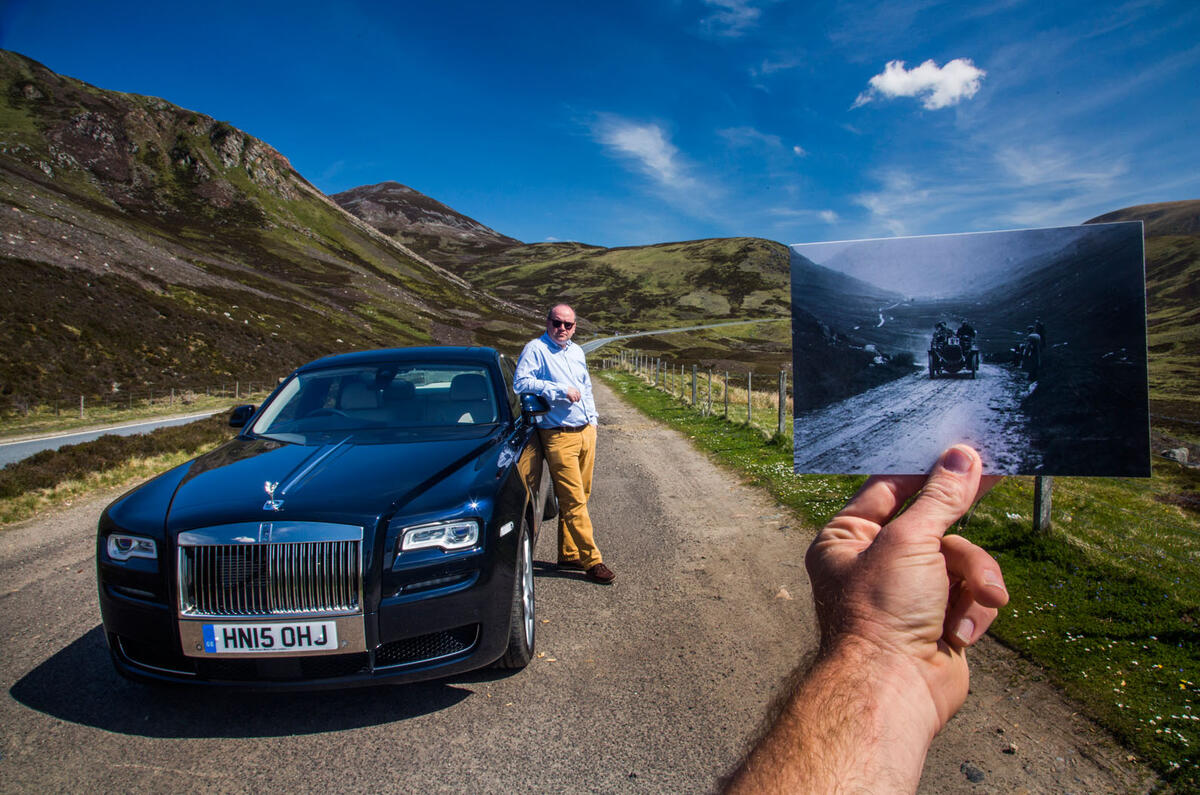
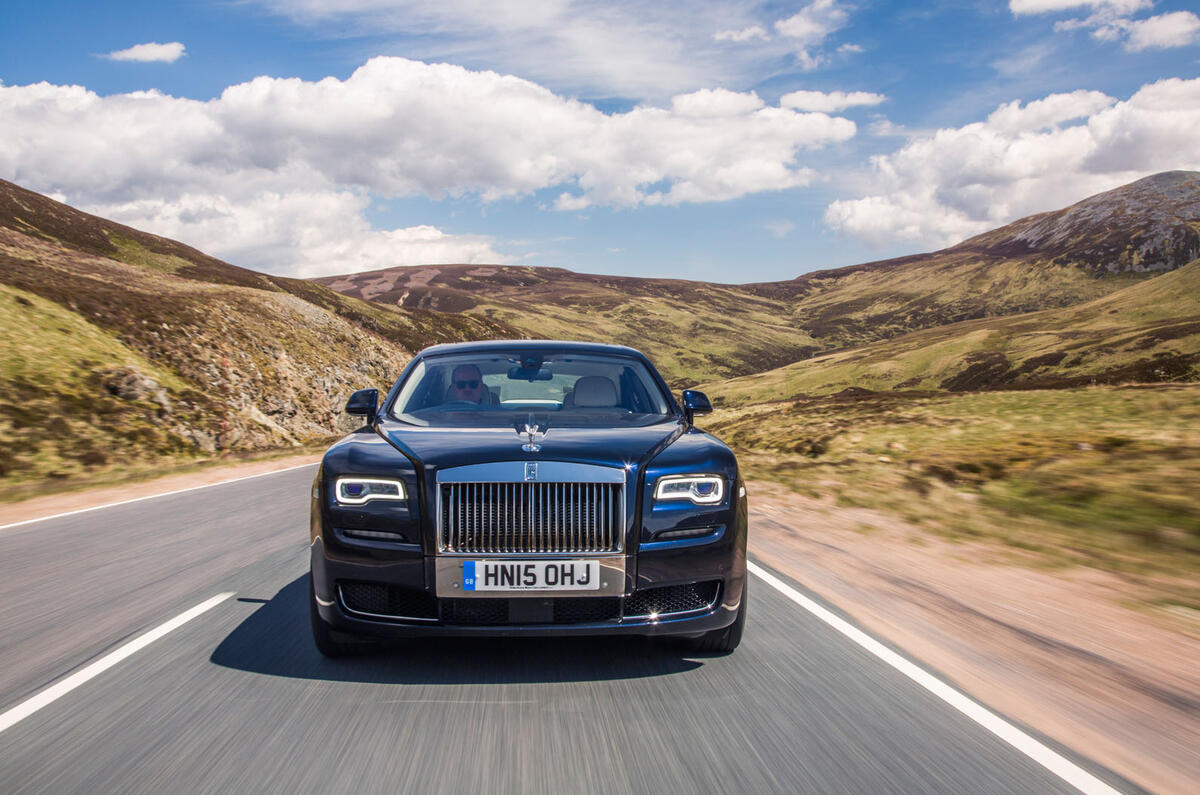
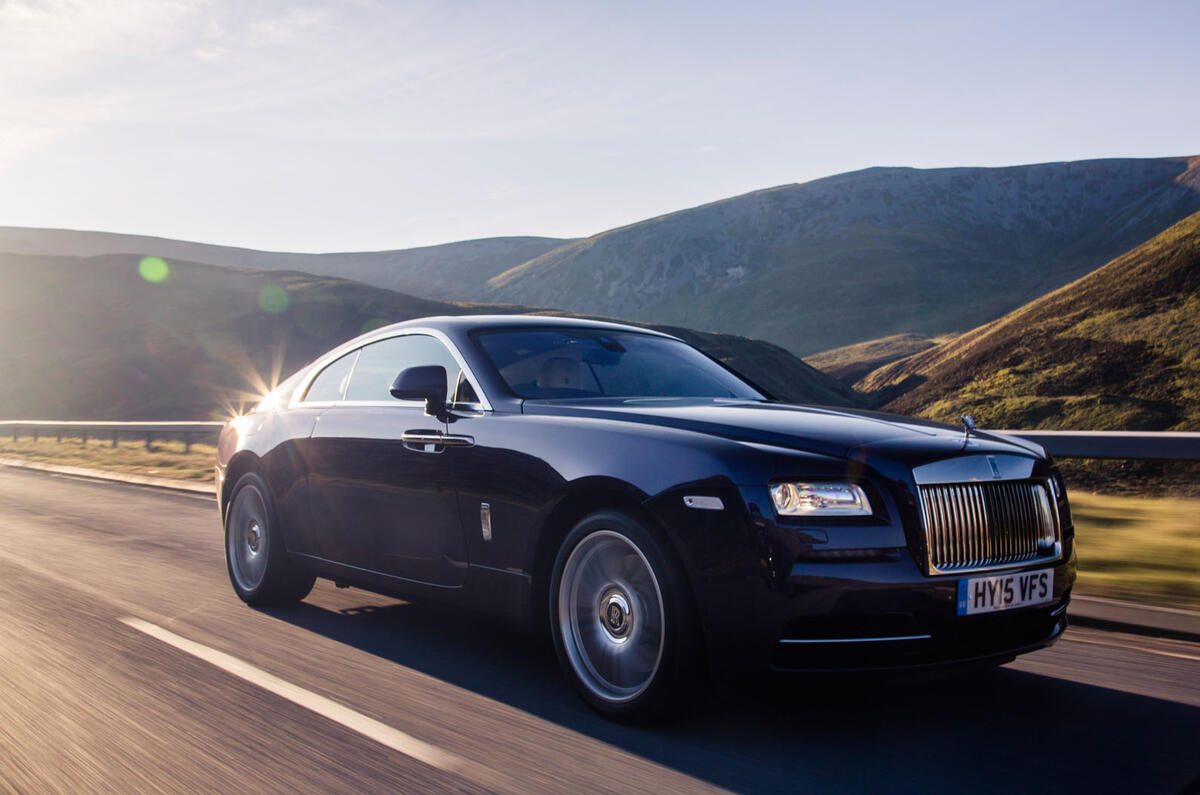
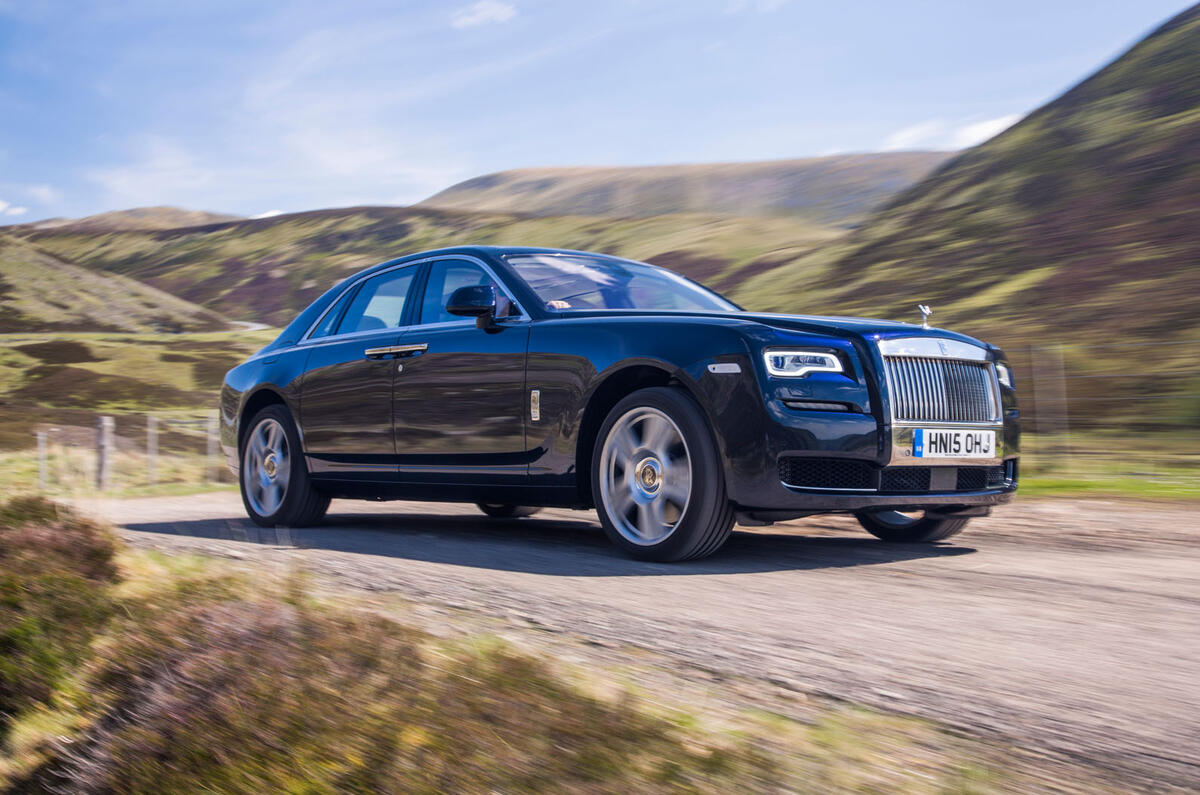







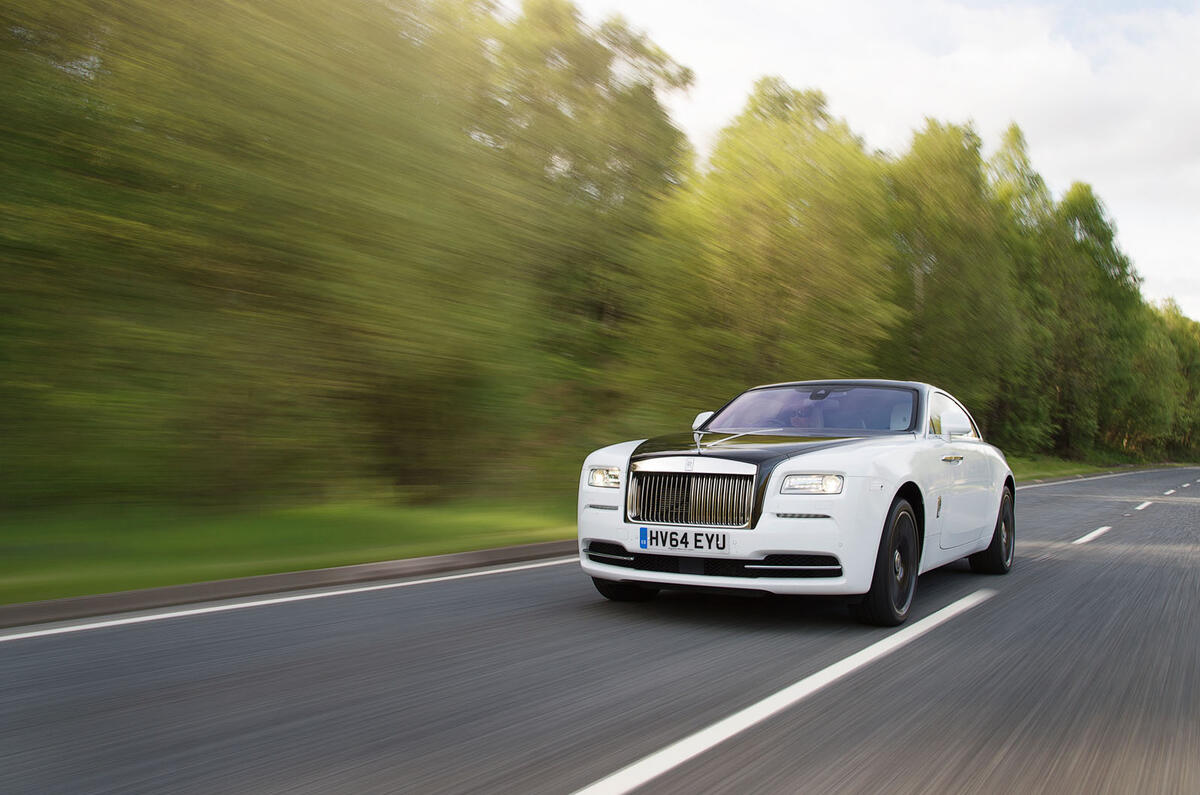






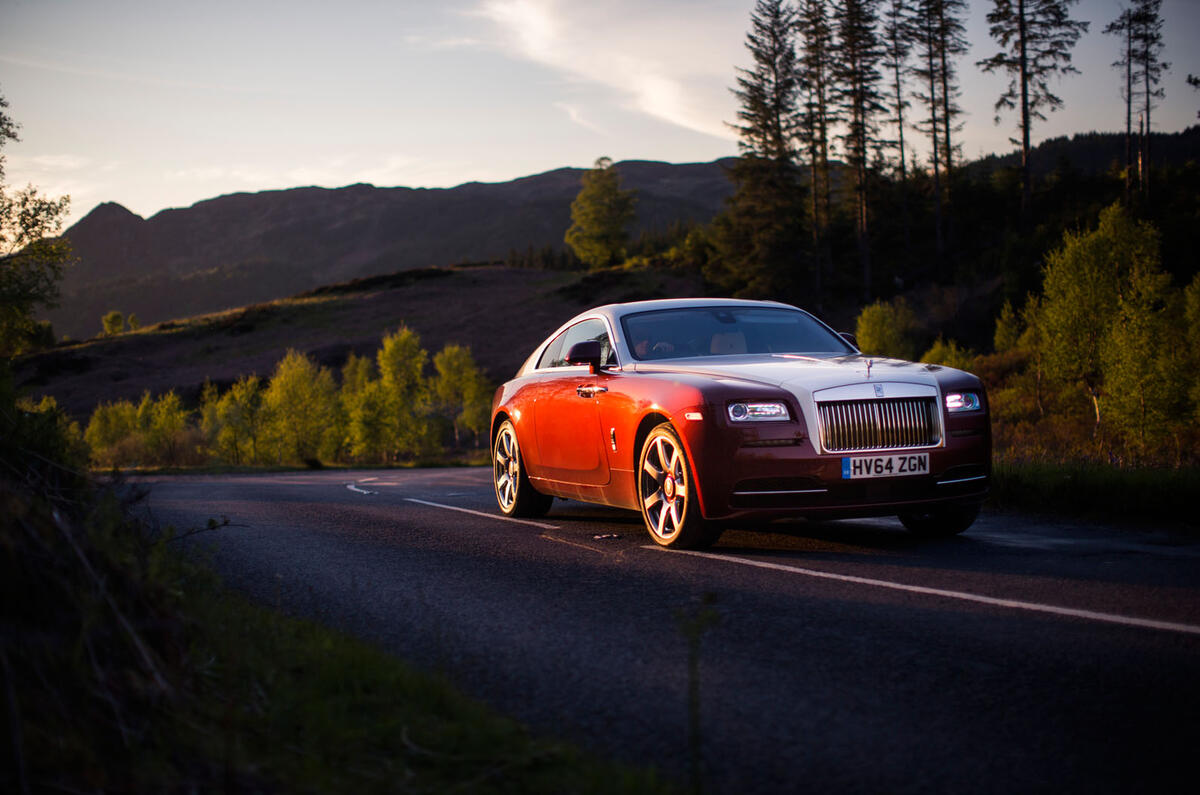



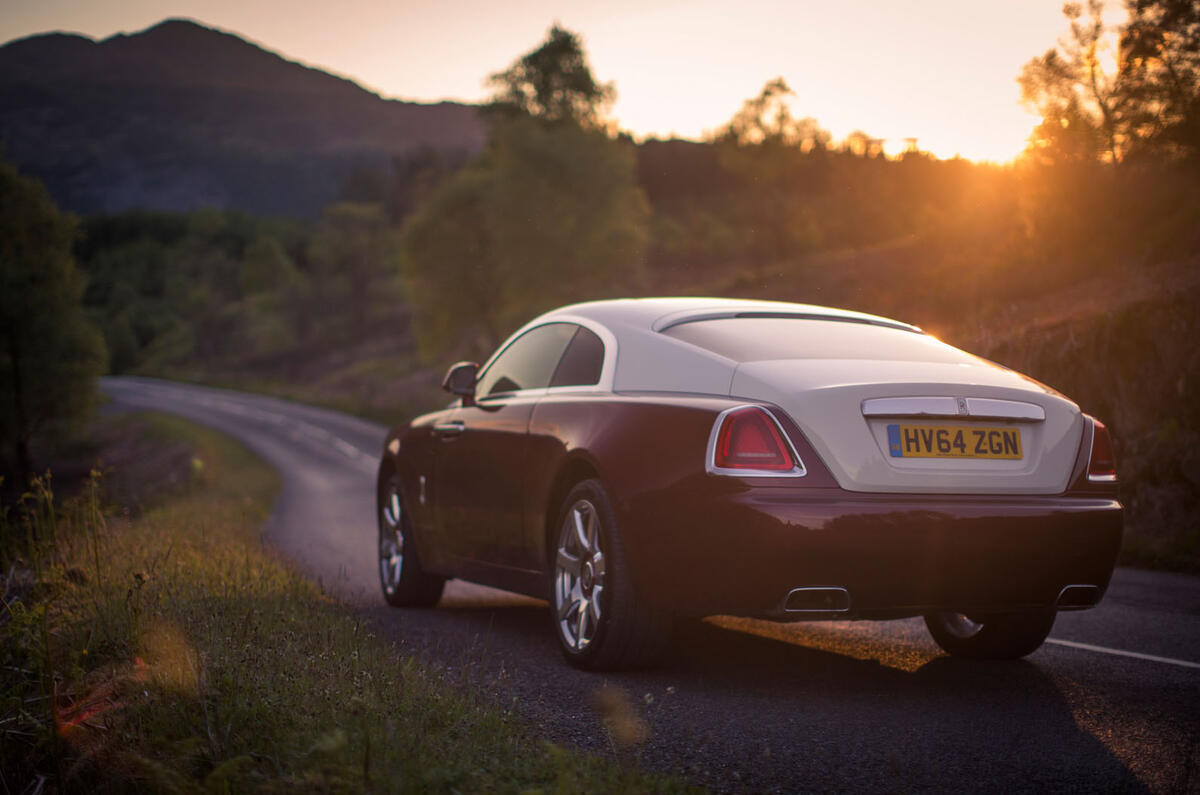


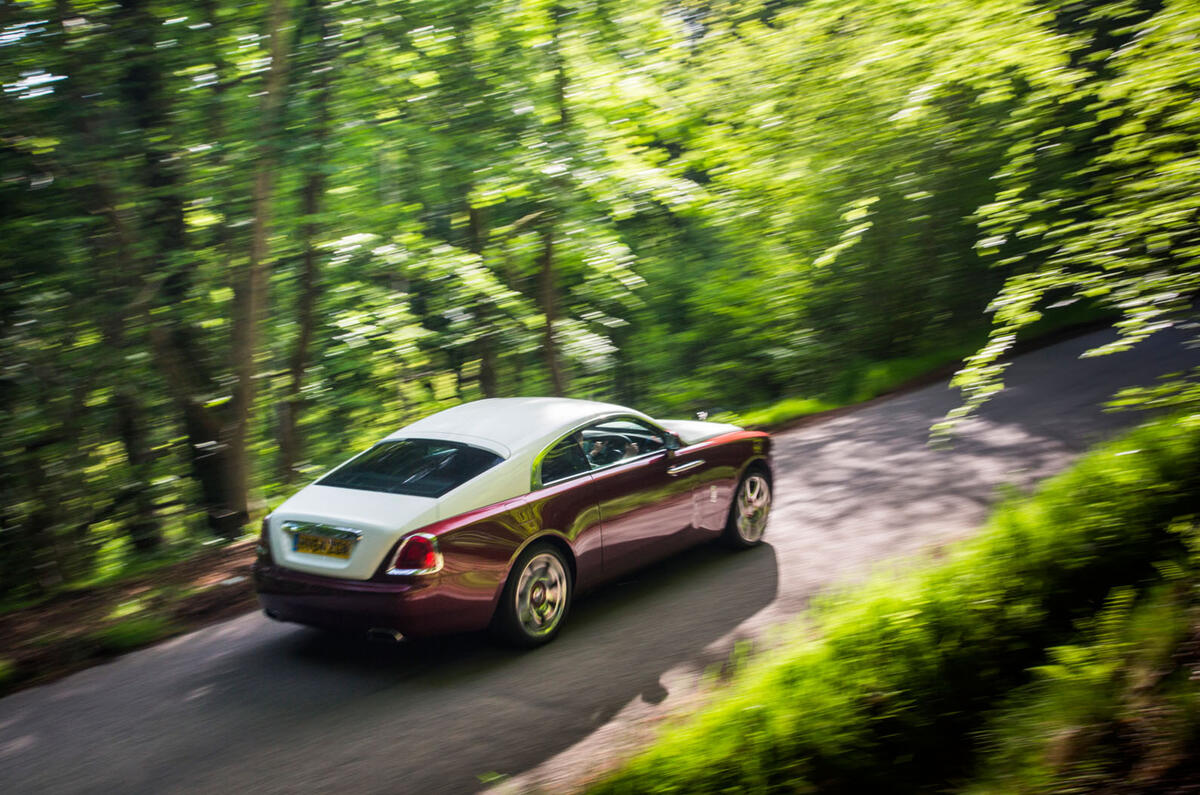




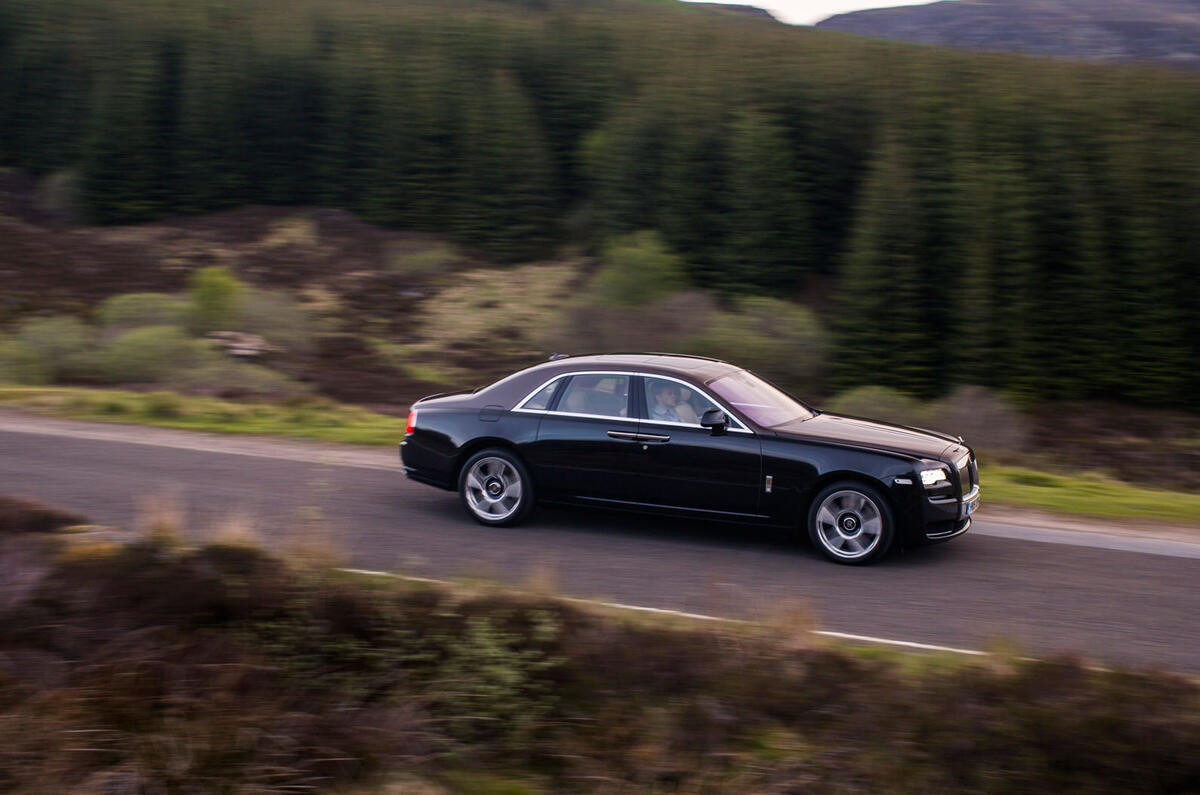














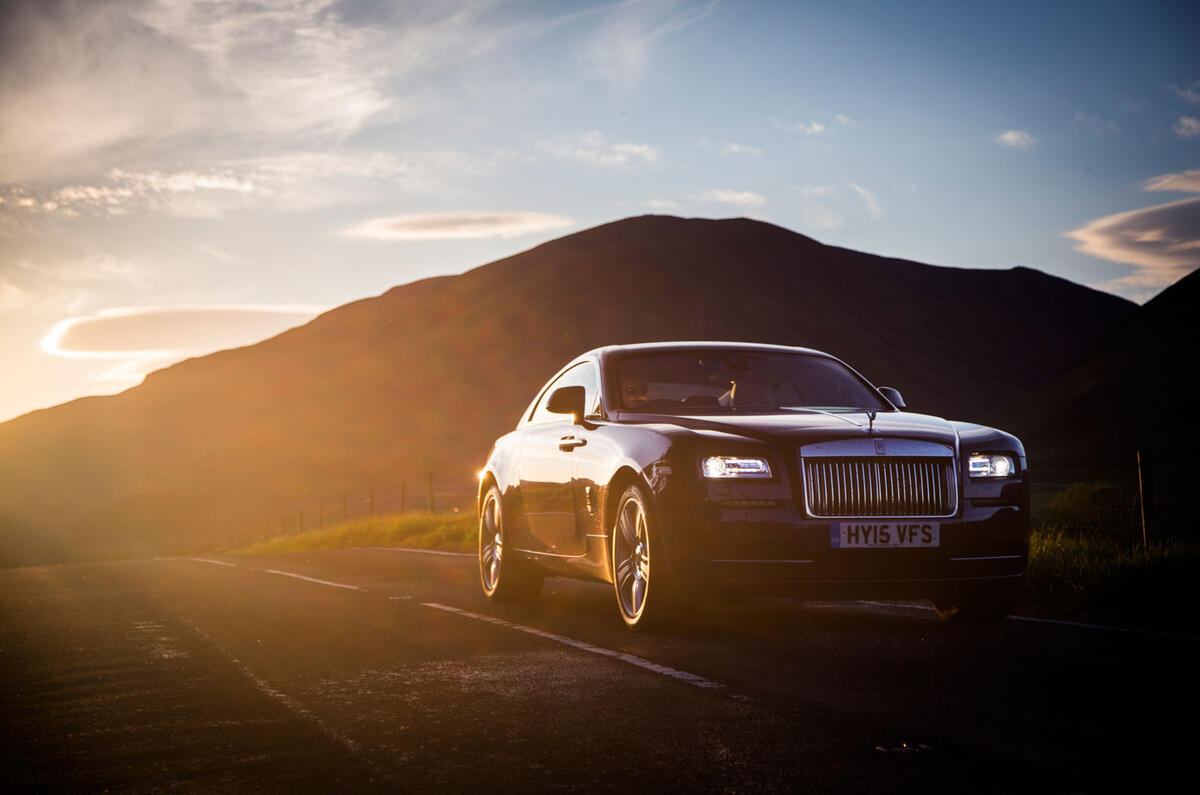





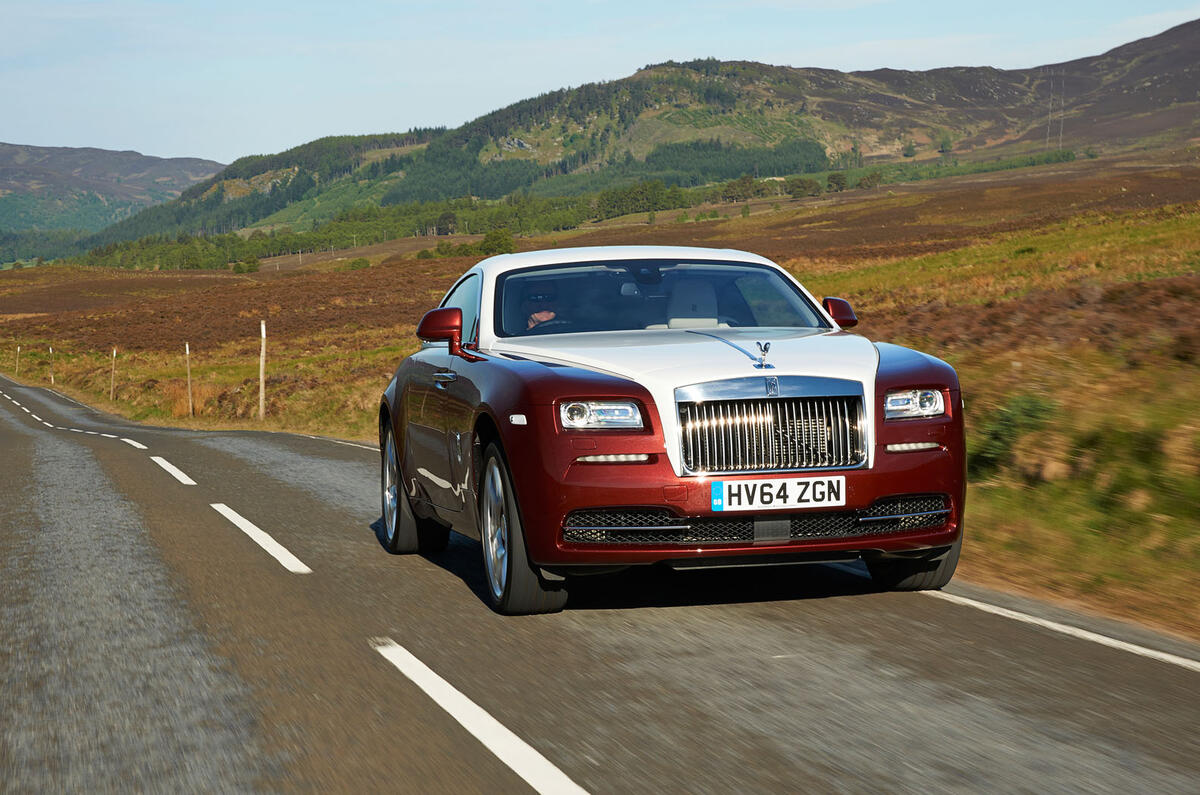
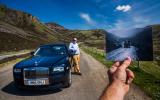






















































Add your comment